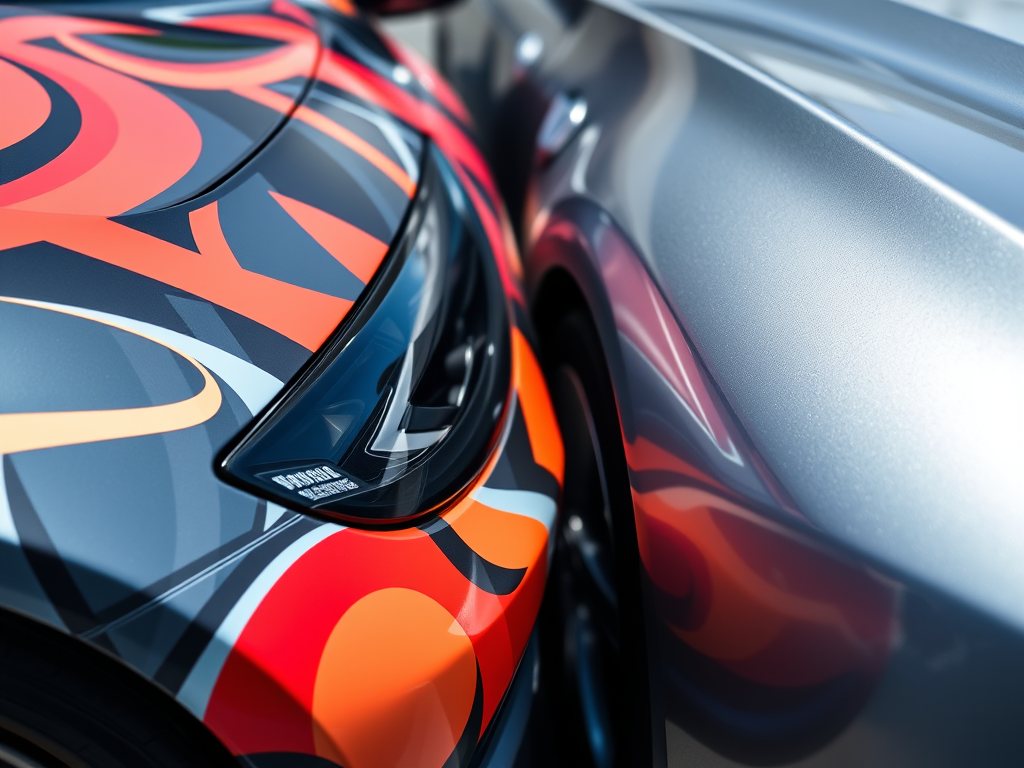
When it comes to customizing or refreshing the look of a vehicle, car owners often find themselves weighing the options between a car wrap and a traditional paint job. While both methods can dramatically change a vehicle’s appearance, they differ significantly in terms of cost, durability, and overall value. Understanding the long-term financial implications of each choice is essential for making an informed decision that aligns with your budget and aesthetic goals.
In this article, we’ll explore the costs associated with car wraps and paint jobs, helping you determine which option offers more value over time. We’ll compare their initial expenses, maintenance costs, and lifespan, so you can decide which solution best fits your needs and financial considerations.
Comparing Long-Term Costs of Car Wraps and Traditional Paint Jobs
When evaluating the long-term costs, a key factor is the initial expense. Typically, a quality paint job can range from $1,000 to over $5,000, depending on the vehicle size, paint quality, and complexity of the design. On the other hand, a professional car wrap generally costs between $2,500 and $5,000 for full coverage. Although wraps might seem more expensive upfront, they often come with added benefits like easier removal and less risk of damage during the process.
Durability also plays a crucial role in cost-effectiveness. A high-quality paint job can last 5 to 10 years if properly maintained, but it often involves costly repainting or touch-ups over time. Car wraps typically last 3 to 7 years and are easier and cheaper to replace or update. Additionally, wraps can be removed without damaging the underlying paint, potentially saving money on future repainting costs. Over the long haul, these factors can influence which option proves more economical, especially considering maintenance and re application expenses.
Which Option Provides Better Value: Car Wraps or Standard Paint?
When considering value, a significant advantage of car wraps is their versatility and ease of customization. They can be changed or removed without permanent alteration to the vehicle, making them ideal for temporary advertising or seasonal aesthetics. While the initial cost may be higher, the ability to update your vehicle’s look without investing in a new paint job can prove more cost-effective over time.
On the flip side, a traditional paint job offers a permanent, often more premium, finish that can last many years with proper care. For those seeking a classic, high-end appearance, a paint job might provide better value in terms of aesthetics and longevity. Furthermore, some vehicles might retain higher resale value with a professionally painted finish. Ultimately, the decision hinges on your specific needs—if you prioritize flexibility and lower maintenance costs, wraps may be the more economical choice; for a durable, high-quality finish, a paint job might be more worthwhile.
Deciding between a car wrap and a traditional paint job ultimately depends on your budget, customization preferences, and how long you want the look to last. Both options have their merits and cost considerations, but understanding their long-term financial implications can help you choose the most cost-effective solution. Whether you opt for the flexibility of a wrap or the durability of a paint job, making an informed choice ensures your vehicle looks great without breaking the bank. Pro Image Signs, OC’s #1 auto wrap, 714.662.7974

Leave a Reply